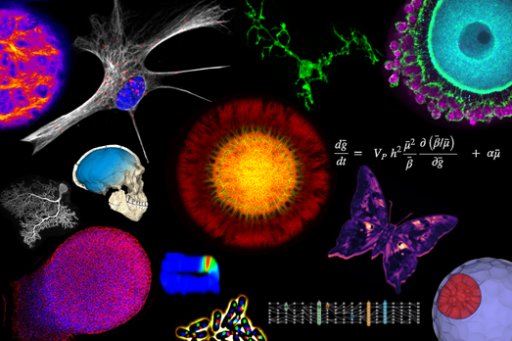Group leader, DR2 INSERM
Team Oocyte Mechanics and Morphogenesis, CIRB, Collège de France
Marie-Emilie Terret, is a researcher in cell biology, who studies the formation of oocytes in mice. After a PhD at the Sorbonne University in Paris followed by a post-doc at the Sloan Kettering Institute in New York, she was recruited at INSERM in 2009 and joined the team "Oocyte mechanics and morphogenesis" led by Marie-Hélène Verlhac, a team they co-direct together at the CIRB, Collège de France, since 2017. Their goal is to understand how an oocyte transforms into a viable embryo, using biophysical approaches to meiotic divisions in a highly interdisciplinary and collaborative context, helping to define a new field of exploration for this model. Oocytes are atypical cells that do nothing like other cells: they are isolated, non-mobile, huge, and lack centrosomes. This is the beauty and originality of this model, which remains mysterious, and allows to ask simple and varied questions in fundamental research, but also in applied research, the ultimate goal being to form an egg which will be fertilized by a sperm to form an embryo and thus a new individual. Her most recent research has focused on the mechanical properties of oocytes and in particular their cortical tension, showing that it is correlated to their developmental potential. Using multidisciplinary approaches, she has unraveled how cortical tension is regulated in mouse oocytes and early embryos, showing that it is tightly controlled by cortical acto-myosin organization, and has characterized some of the phenotypes induced by cortical tension defects, a rather frequent defect in human and murine oocytes, such as altered division geometry and chromosome segregation errors generating aneuploidy. Importantly, such phenotypes are known to impair oocyte development after fertilization, potentially explaining why fertilized oocytes with a defective cortical tension do not develop until the blastocyst stage and paving the way for the use of cortical tension as a diagnostic tool for oocyte quality in the clinic.

